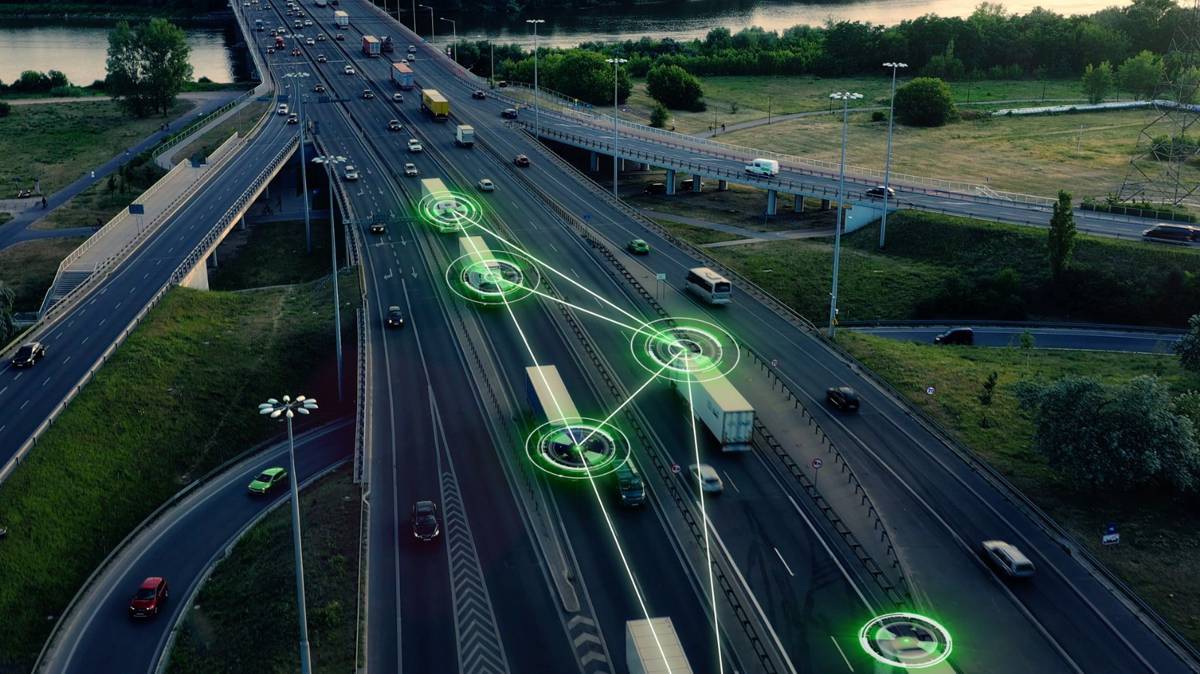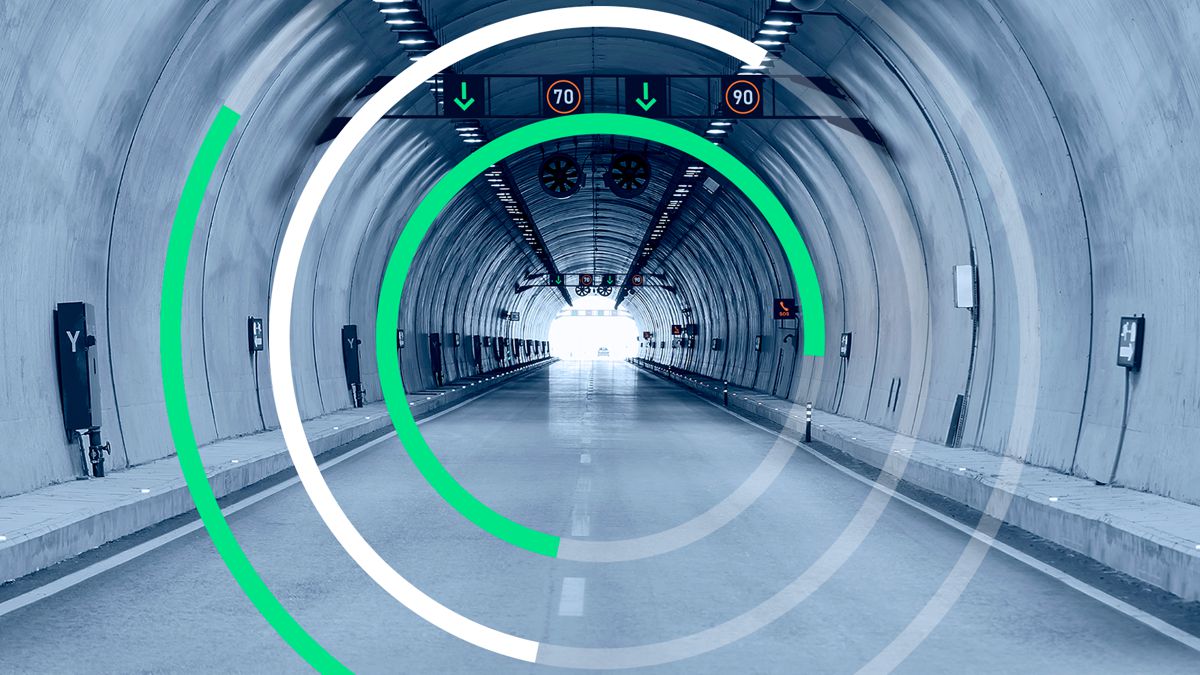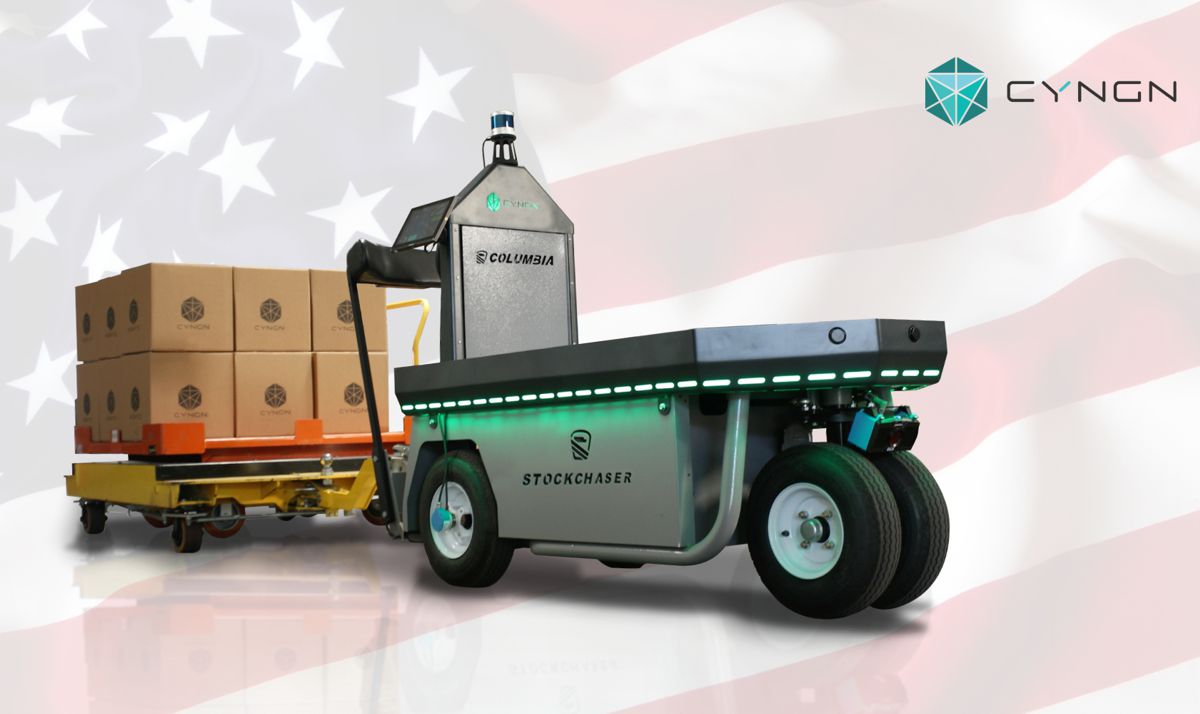How connectivity technology is improving logistics communications
Logistics is an ever-evolving area that is constantly under the microscope for how it can be optimised and improved to ensure goods and services are readily available.
One area that can take advantage of the multitude of technological developments is that of communications. The logistics industry faces a unique set of challenges underpinned by the numerous stakeholders operating across various businesses, disciplines, and borders.
With so many moving parts within logistic operations, clear communication is critical for success. Simon Hill, technical director at Excelerate Technology, explores how connectivity is underpinning current logistical operations, the benefits it brings and a look to the future of how logistic communications can improve supply chains in the future.
How connectivity underpins transport
Smart motorways are becoming increasingly prevalent globally with more than 374 miles of smart roads in the UK alone by 2021. They employ active traffic management techniques such as the use of variable speed limits, and the opening of the hard shoulder to help manage traffic flow and capacity. This can help reduce congestion and improve journey speed in particularly busy areas. This has many benefits for the logistics industry such as more efficient and consistent travel times, aiding route planning on time-sensitive operations.
However, these forms of traffic management rely on sensors and cameras underpinned by reliable connectivity to ensure that data collected from the smart highways, such as slow moving and stopped vehicles, is able to be transferred to gantry signs to warn drivers of potential lane closures ahead. Through this, incidents can be identified earlier, and displayed to drivers to ensure that they can continue their journey with minimum disruption.
However, while the technology is being deployed to support this on our roads, one of the biggest challenges is the relay of information, and data, particularly in more remote areas where mobile data is severely contended or non-existent. This is where satellite and 4G / 5G, or indeed a blend of both, is beginning to play a pivotal role, and will continue to do so.
It’s this technology that is crucial for traffic management, and smart motorways are utilising this to support safer roads and increased efficiency. For example, the European Space Agency (ESA) backed, ITS Equant consortium has completed successful satellite connectivity traffic management tests that leverage machine vision and data fusion algorithms to access real time traffic insights. Advancements like this improve the reliability and real-time applications of smart motorways, optimising traffic management, and ultimately improving logistical efficiencies.
It’s the gateway for the inevitable driverless era we are heading towards, and predictions that our cars will integrate with road traffic management systems autonomously, and act accordingly in a safe environment, are drawing ever closer.
Connectivity and supply chain efficiency
More specifically, connectivity and its associated technology has become a main focal point of logistics companies that are looking to improve efficiency. Projects such as Trusted Bytes, an Innovate UK part funded project, are introducing end-to-end telecommunication infrastructure to help aid compliance and provide real-time ubiquitous connectivity between supply chains and governments, across borders within the food supply chain.
Having a robust connectivity infrastructure is crucial on such projects to enable all partner technology to work, and it could pave the way for new capabilities, such as the automation of controlled fruit ripening technology onboard vehicles, taking the burden away from the drivers and saving time, money and potential wastage.
Digitalisation has necessitated these developments and has brought with it a variety of benefits. As previously discussed, operational efficiency is sought after by all businesses. Logistics companies can lower costs, improve production rates, and increase customer and supplier satisfaction by guaranteeing reliable connectivity to haulage operations regardless of location across borders and organisations.
Moreover, connectivity technology can improve reliability and security within communications. The inability to communicate issues with workers effectively can create a bottleneck of information. Therefore, by being able to ensure that the right people have access to the relevant data can aid decision making.
Looking to the Future
Technological development is only heading in one direction. What is at the cutting edge now will gradually be replaced with new technology that improves communications. Through our experience of working with the emergency services where downtime of any kind is simply not an option, the logistics industry can benefit from the developmental opportunities available such as hybrid connectivity.
At Excelerate, we have been developing hybrid connectivity for the past 20 years, and it’s been instrumental in delivering real-time benefits to our emergency services and first responder customers across the globe. This enables seamless connectivity across multiple bearers. Often our role as a specialist systems integrator is to develop the technology into a reliable and usable package. By delivering a ‘connectivity ecosystem’, blending 4G / 5G, wireless and satellite we can provide a blended communications infrastructure to improve bandwidth, speed, efficiencies and resilience.
This is the future of logistics, and road traffic management in general. The ITS Equant and Trusted Bytes programmes are the catalyst for further developments as we move closer to a more autonomous, and driverless, era.













